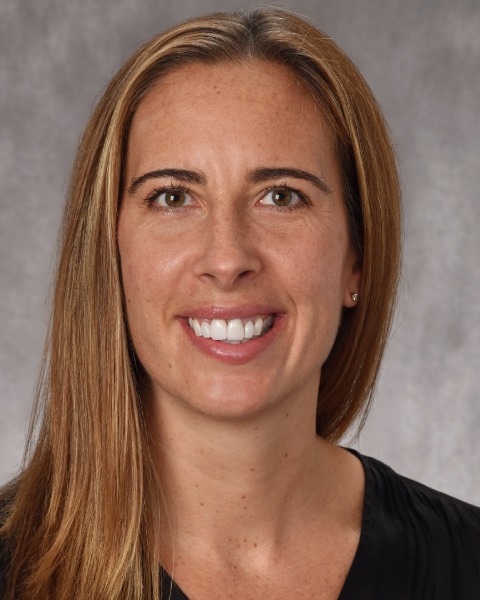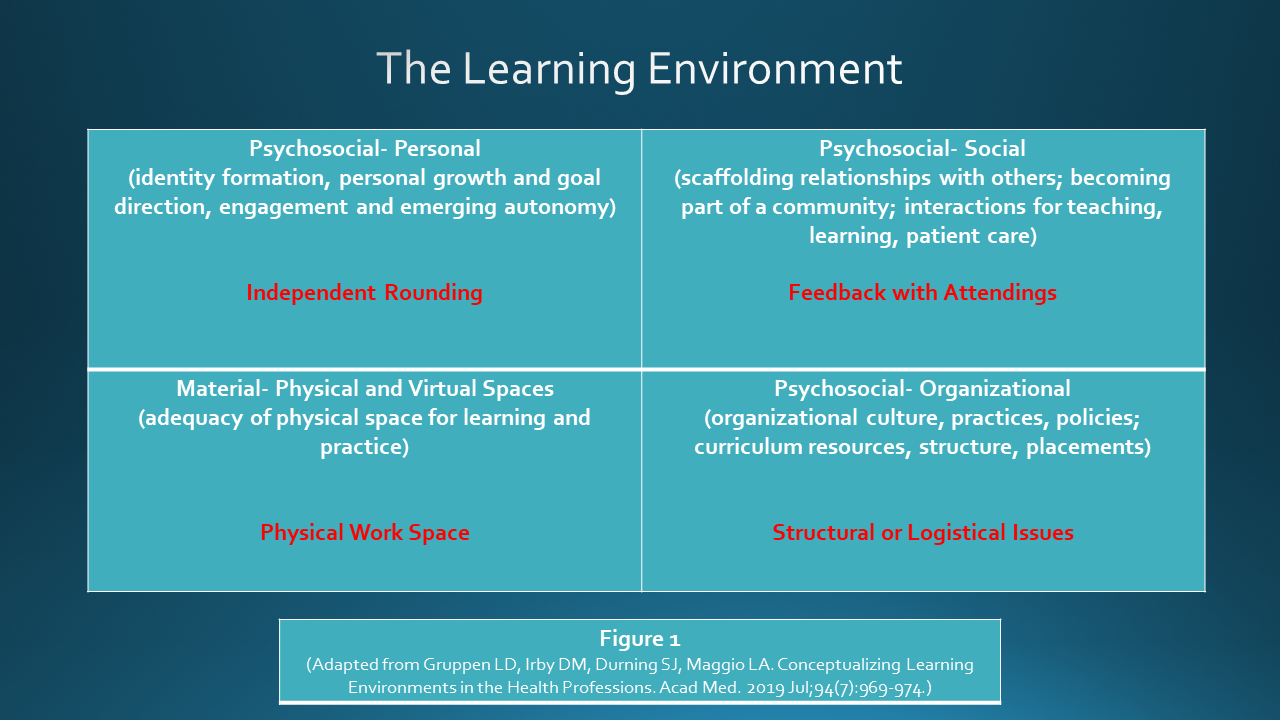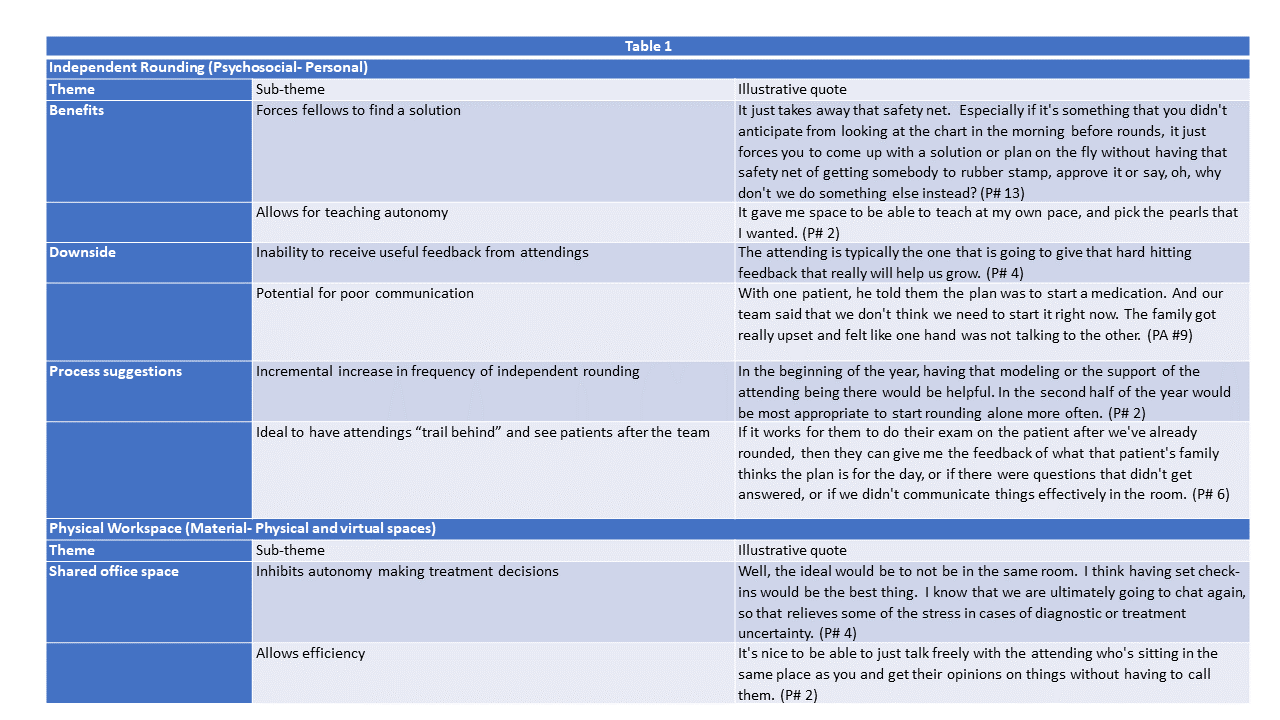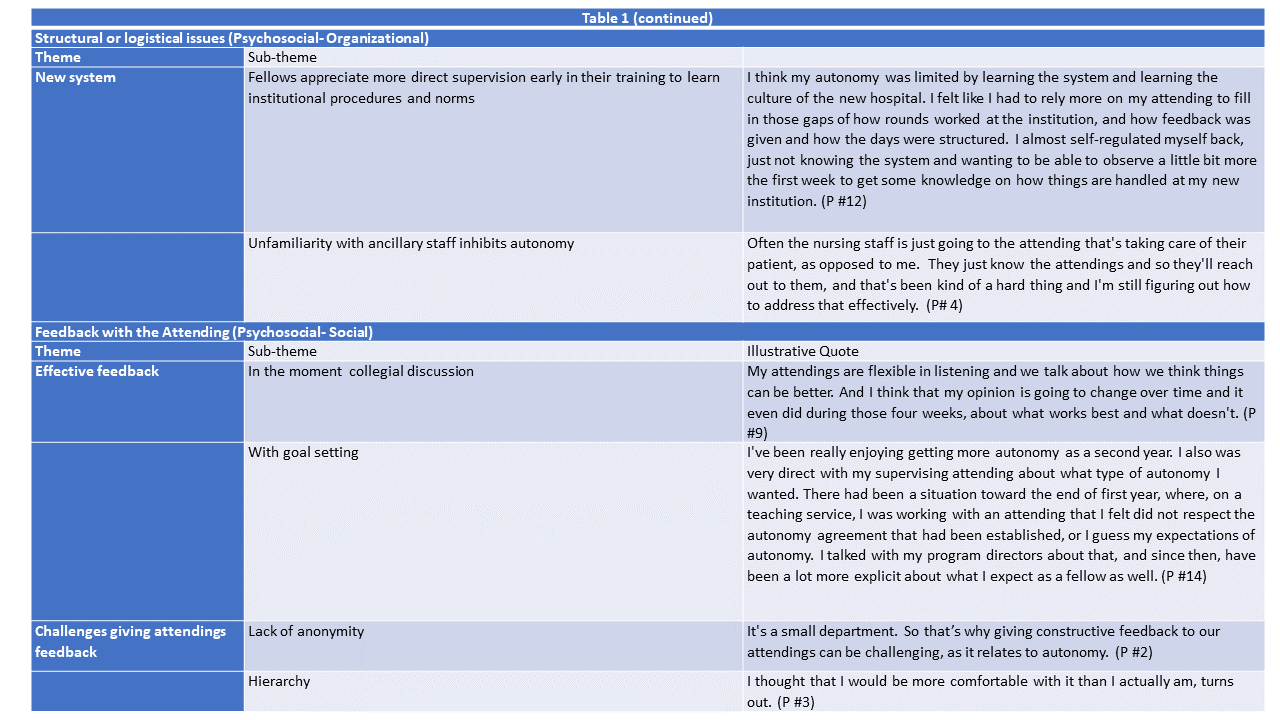Hospital Medicine: Education
Hospital Medicine 3
488 - How the Clinical Learning Environment Influences Pediatric Hospital Medicine (PHM) Fellows’ Perceptions on Autonomy
Saturday, April 29, 2023
3:30 PM - 6:00 PM ET
Poster Number: 488
Publication Number: 488.221
Publication Number: 488.221
Valerie Jurgens, Children's National Health System, Alexandria, VA, United States; Jamie Librizzi, Phoenix Children's Hospital, Phoenix, AZ, United States; Neha H. Shah, Children's National Hospital, Alexandria, VA, United States; Priti Bhansali, Children's National Health System, Washington, DC, United States; Dorene F. Balmer, Perelman School of Medicine at the University of Pennsylvania, Philadelphia, PA, United States; jimmy beck, seattle childrens, Seattle, WA, United States

Jamie Librizzi, MD (she/her/hers)
Pediatric Hospitalist
Phoenix Children's Hospital
Phoenix, Arizona, United States
Presenting Author(s)
Background: Balancing autonomy with supervision takes place within the context of the clinical learning environment (LE). PHM fellows, as advanced trainees, seek autonomy but do not act in isolation of the learning environment. How PHM fellowship programs structure the learning environment to afford autonomy is unknown; more fundamentally, there is little empiric evidence for the evolution of fellows perceptions of, and desire for, autonomy through training.
Objective: Explore PHM fellows’ perception on autonomy over the course of fellowship.
Design/Methods: To situate autonomy within the context of clinical learning, we used components of Gruppen’s conceptual framework of the learning environment as sensitizing concepts (Figure 1). We recruited 14 PHM fellows who were starting 14 ACGME accredited PHM fellowships in July 2021. Study members conduct recursive interviews with participants approximately every 6 months. Interviews are audio-taped, transcribed and coded using constant comparison methods as analysis is concurrent with data collection. During regular team meetings, we have refined and grouped codes into larger themes.
Results: Amongst the four components of the learning environment, participants identified that independent rounding, feedback with attendings, physical workspace, and structural or logistical issues affect their autonomy. We identified themes and sub-themes from each component (Table 1). For example, when rounding independently, participants noted benefits, such as teaching autonomy “It gave me space to teach at my own pace” and downsides, such as poor communication “The family got really upset and felt like one hand was not talking to the other.”
Conclusion(s): All four components of the learning environment play a pivotal role in the perceptions of PHM fellows' autonomy. The results of this study can be used to inform PHM fellowship curricula and its learning environment about ways to support autonomy. Next steps include further exploration of these perceptions longitudinally as they complete fellowship and transition to independent practice.



